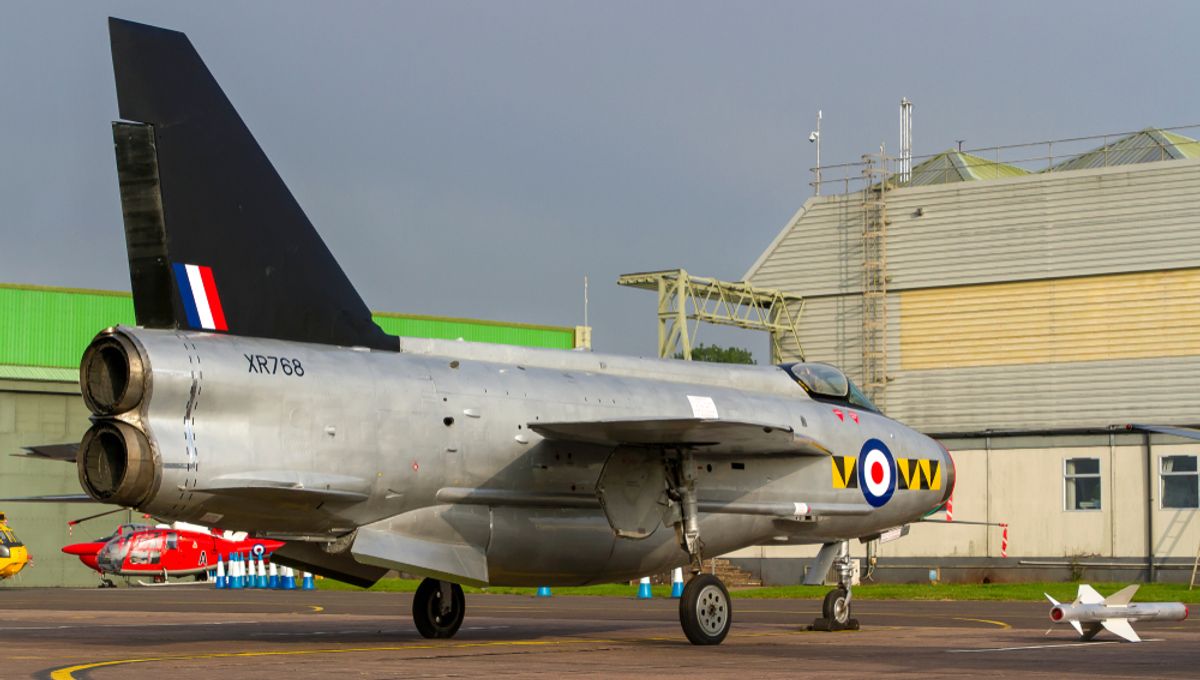
We’ve all made mistakes on the job. Luckily, our mistakes don’t often put us in an almost certain death scenario that we narrowly escape from, becoming a legend of the aviation community in the process. However, one man that did exactly that is Walter “Taffy” Holden in his infamous flight in 1966.
An engineer by trade, Holden joined the cadets to go to university in 1943, where he gained a mechanical engineering degree. He gained minimal experience in small, single-engine aircraft during training, in which he flew a biplane and then did some training in a propeller aircraft called the DHC-1 Chipmunk. While Holden did gain his pilot wings, he continued to pursue engineering and became in command of the No. 33 Maintenance Unit of the Royal Air Force (RAF) at RAF Lyneham by 1966. As such, his only experience was in tiny, slow, and simple aircraft – nothing of which prepared him to fly one of the fastest jet fighters of the generation.
Holden’s unit maintained their premier jet fighter, the English Electric Lightning F.1. Powered by two huge engines and built to travel in straight lines at speeds of up to Mach 2 (2,470 km/h, 1,535 mph), the Lightning was an incredible feat of engineering. It had afterburning engines (that’s the jet of fire you see coming from the back of supersonic jets) and was the first jet able to supercruise, meaning it didn’t even need these afterburners to sustain supersonic flights. Essentially, this jet was seriously, seriously quick.
On that fateful day, Taffy was working on the jet, trying to replicate an electrical problem that occurred when the plane whirred up to speed. He climbed into the cockpit to press the throttle a bit – however, in doing so, he depressed the throttle so much, it engaged the afterburners, causing a surge in power that saw hurtling down the runway.
No problem, right? Just power down the engines. Except this jet in question had locking gates on the throttle once the afterburners were engaged, and Taffy wasn’t trained on how to release them. Someone had luckily told him prior to the maintenance, but he was going too fast and there was another plane that he had to avoid in front of him – he had to make a snap decision, and he chose to take off.
Equipped with no helmet, no communications with someone that actually knew how to fly the thing, and landing gear locked in the down position, Taffy blasted through the runway and narrowly avoided the other aircraft before leaving the ground. He tried to eject, but the ejection seat was in service mode, so he was stuck inside.
He managed to disengage the engines and turned the jet around, trying to land on a different runway. The first attempt was not going to end well so Taffy aborted, and he also aborted the second attempt.
Finally, he managed to come in at the right angle and go slow enough to touch down, where he then used a maneuver called the “taildragger” in which he slammed the aircraft’s tail down onto the runway; he had learned this from single-seat aircraft, though it is certainly not ideal for the Lightning. Taffy climbed out and reportedly said “terribly sorry Sir” – perhaps the most British reaction possible.
The aircraft was repaired and returned to service, and now lies fully intact in the Imperial War Museum in Duxford.
Taffy was found to have acted in the best interests of himself and the aircraft, and stayed in the RAF until retiring many years later. He died in 2016, aged 90, leaving behind the ridiculous and much-loved story of an engineer that accidentally flew a jet.
Source Link: An Engineer Once Accidentally Took Off In A Jet, But Didn't Know How To Fly It